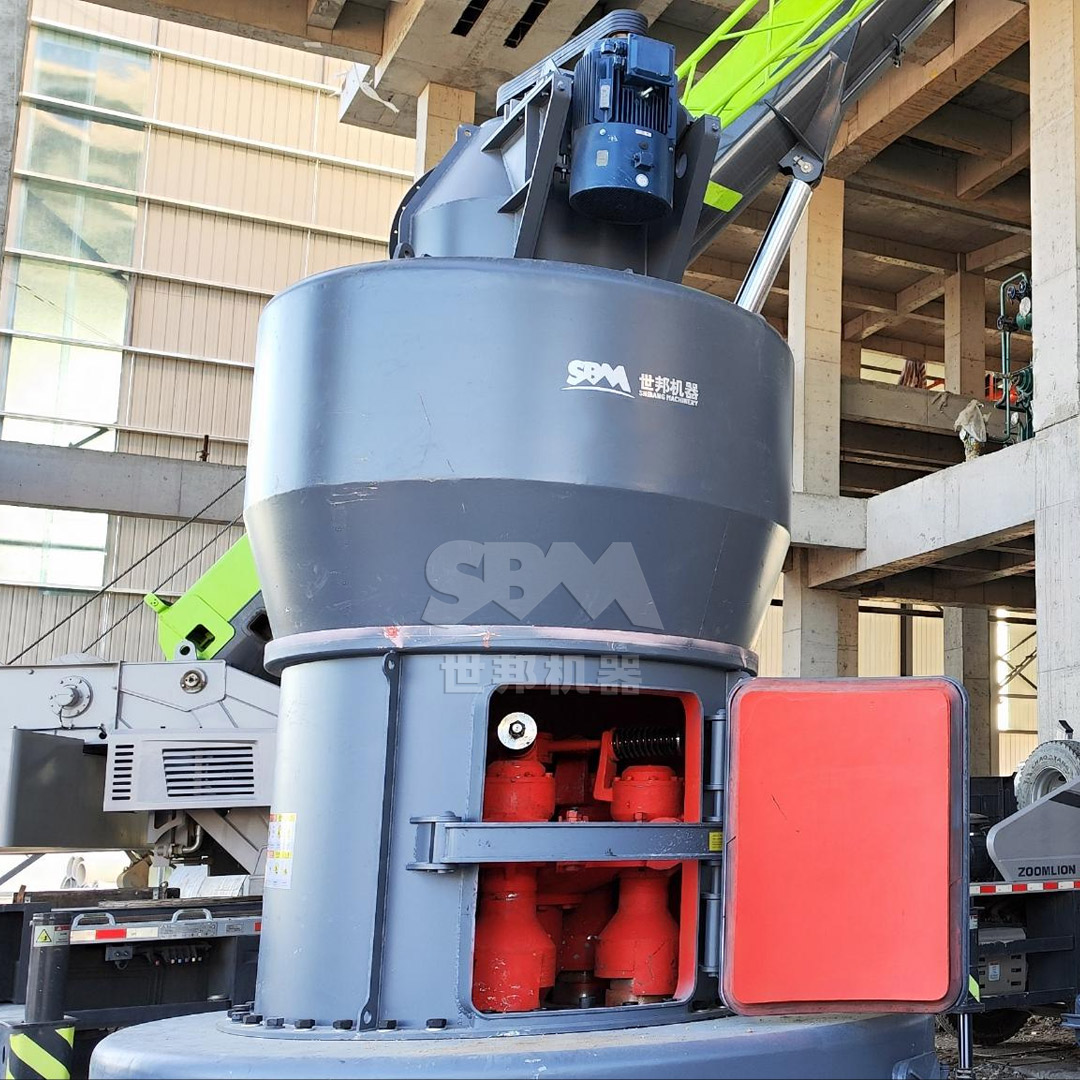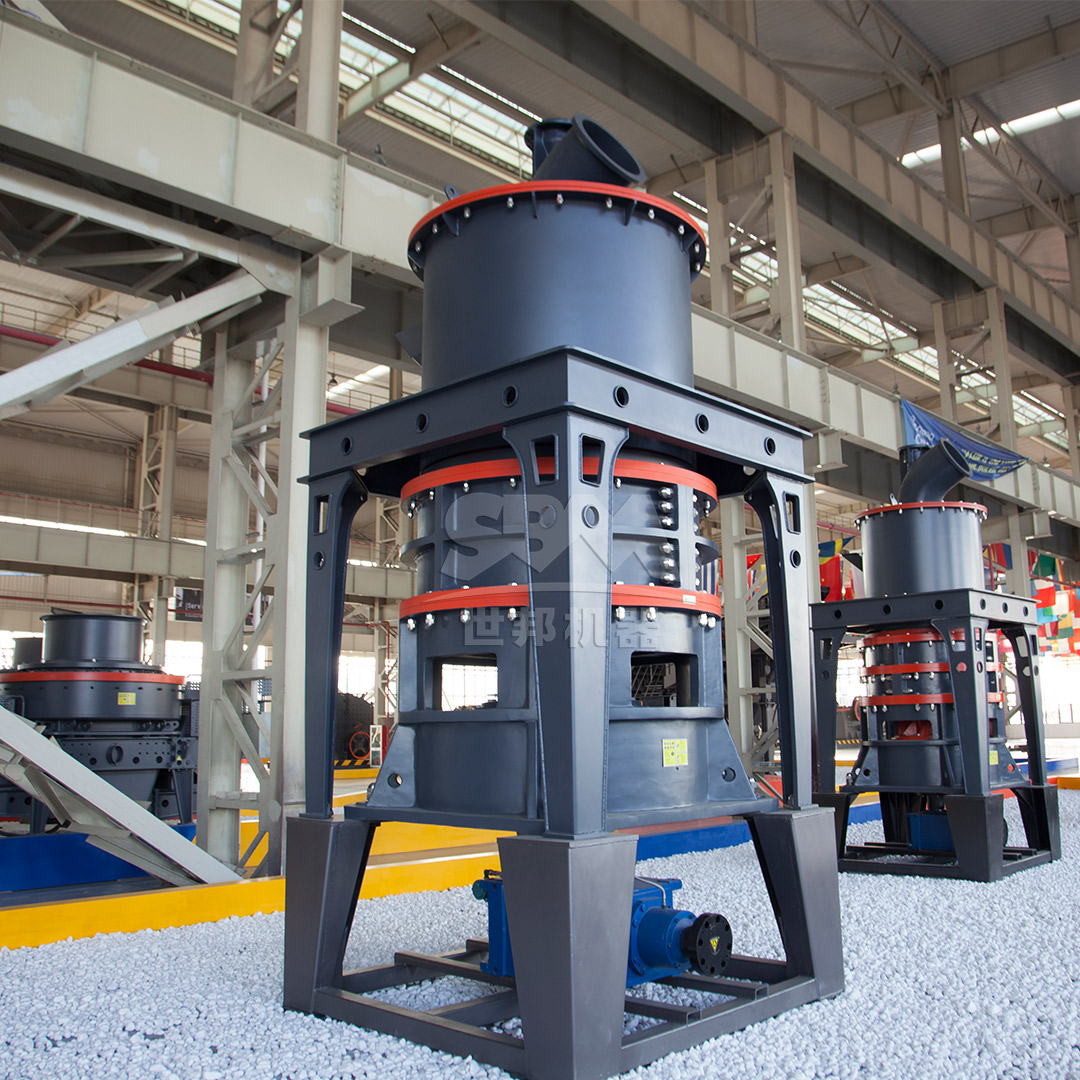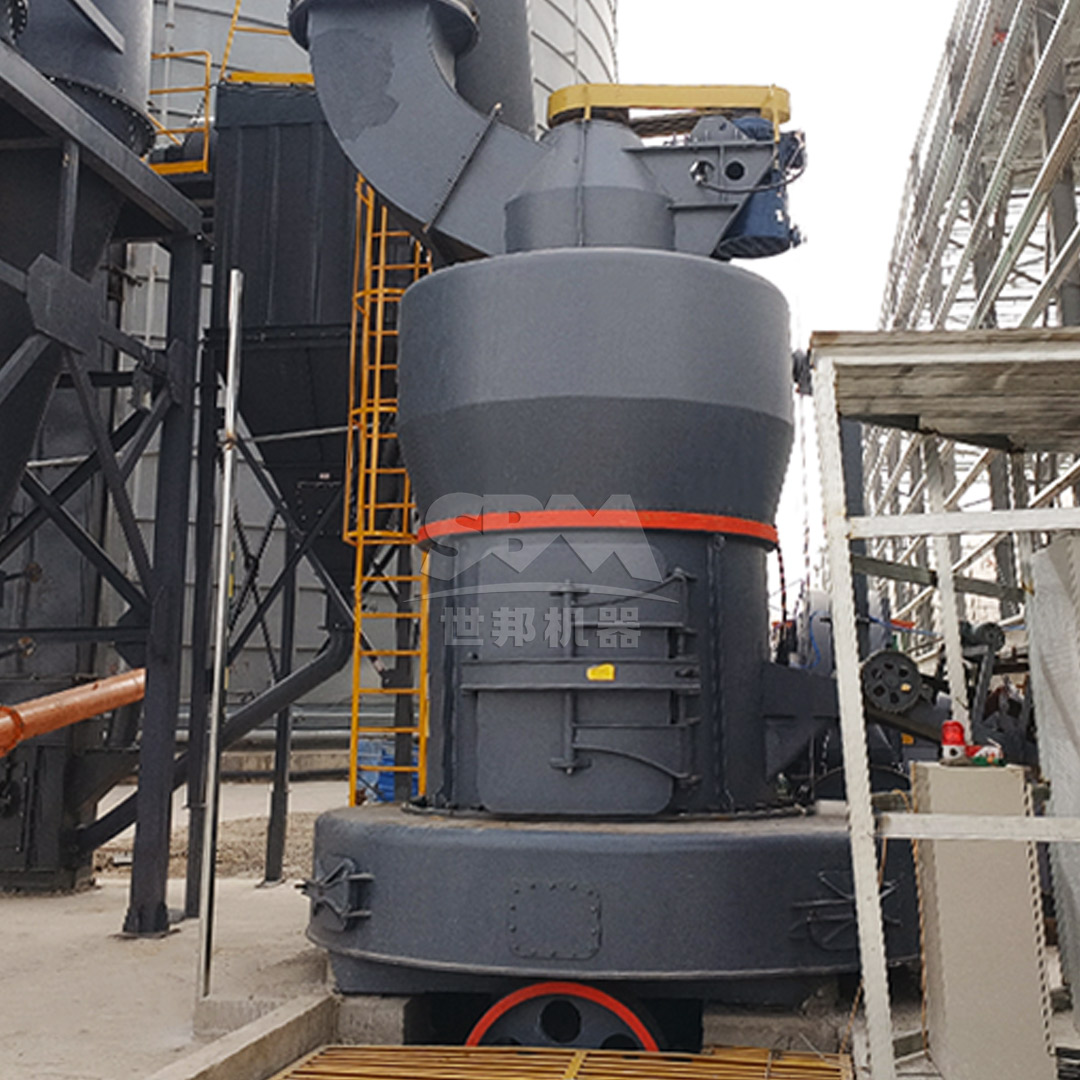The engineered ceramics industry has experienced remarkable growth in recent decades, driven by advancements in materials science and manufacturing technologies. At the heart of this progress lies the critical process of feldspar grinding, which transforms raw mineral feedstocks into precisely controlled powders that form the backbone of high-performance ceramic components. The quality, consistency, and properties of these ground feldspar powders directly influence the final ceramic product’s performance characteristics, making the selection of appropriate grinding technology a paramount consideration for manufacturers.
Feldspar minerals constitute one of the most important raw materials in ceramic production, serving multiple functions throughout the manufacturing process. As a fluxing agent, feldspar lowers the vitrification temperature of ceramic bodies, enabling energy-efficient firing cycles. Its alumina content contributes to mechanical strength and durability, while the alkali components facilitate glass formation during firing. The particle size distribution, purity, and morphological characteristics of ground feldspar significantly impact key ceramic properties including thermal expansion, chemical resistance, dielectric strength, and mechanical integrity.
Modern engineered ceramics demand feldspar powders with exceptionally tight specifications. For advanced technical ceramics used in electronics, medical devices, and aerospace applications, particle size distributions must be precisely controlled within narrow ranges, typically between 1-20 micrometers for conventional ceramics and down to sub-micron levels for specialized applications. Contaminant levels must be minimized, and particle morphology optimized to ensure optimal packing density and sintering behavior.

The transformation of raw feldspar into ceramic-grade powder involves numerous technical challenges that must be addressed through advanced grinding technology. Key requirements include:
| Technical Parameter | Standard Ceramics | Advanced Technical Ceramics | Electronic Grade Ceramics |
|---|---|---|---|
| Particle Size (D50) | 10-45 μm | 1-10 μm | 0.5-5 μm |
| Size Distribution Span | 1.5-2.5 | 1.2-1.8 | 1.0-1.5 |
| Iron Contamination | <0.3% | <0.1% | <0.05% |
| Moisture Content | <1% | <0.5% | <0.3% |
Beyond these basic parameters, ceramic manufacturers must consider the grinding system’s ability to maintain consistent product quality over extended production runs, minimize energy consumption, and integrate seamlessly with downstream processing operations. The grinding technology must also accommodate variations in raw feldspar characteristics while delivering reproducible results batch after batch.
Modern feldspar grinding for engineered ceramics has evolved beyond traditional ball milling to incorporate sophisticated technologies that offer superior control over particle characteristics. Several grinding approaches have emerged as industry standards, each with distinct advantages for specific ceramic applications.
For applications requiring the finest particle sizes and tightest distribution control, ultra-fine grinding mills represent the cutting edge of feldspar processing technology. These systems employ advanced classification mechanisms that separate particles based on size with exceptional precision, ensuring that only properly sized material proceeds to collection.
Our SCM Ultrafine Mill exemplifies this category, delivering feldspar powders in the 325-2500 mesh range (D97 ≤ 5μm) with remarkable consistency. The mill’s vertical turbine classification system achieves precise particle size cuts without coarse powder contamination, while its intelligent control system automatically maintains target fineness through real-time feedback mechanisms. With capacity reaching 25 tons per hour and energy consumption 30% lower than conventional jet mills, this technology represents a significant advancement for high-volume production of ceramic-grade feldspar.

For manufacturers producing conventional ceramic products at large scales, high-capacity grinding systems offer the throughput and efficiency necessary for competitive operation. These mills typically process feldspar from coarse feed material (up to 50mm) directly to the required fineness in a single operation, eliminating the need for pre-crushing in many applications.
The MTW Series Trapezium Mill stands out in this category, combining robust construction with advanced grinding principles to deliver 3-45 tons per hour of consistently graded feldspar powder. Its curved air channel design minimizes energy losses during material transport, while the integrated cone gear transmission achieves 98% efficiency. The mill’s wear-resistant components, including specially designed grinding rolls and segmented shovels, maintain performance over extended operating periods with minimal maintenance requirements.
Vertical roller mills have gained prominence in feldspar processing due to their compact footprint, energy efficiency, and ability to handle moist materials without pre-drying. These systems integrate multiple functions—grinding, drying, classification, and collection—into a single unit, simplifying plant layout and operation.
Our LM Series Vertical Roller Mill exemplifies this integrated approach, reducing space requirements by 50% and cutting energy consumption by 30-40% compared to traditional ball mill systems. The mill’s intelligent control system allows remote monitoring and adjustment of operating parameters, while its negative pressure operation contains dust effectively. With capacities ranging from 3-250 tons per hour and the ability to produce feldspar powders from 30-600 mesh, this technology suits a wide spectrum of ceramic manufacturing requirements.
The selection of grinding technology profoundly influences the quality and performance characteristics of engineered ceramic products. Beyond simply achieving target particle sizes, advanced grinding systems affect multiple aspects of ceramic processing and final product properties.
The particle size distribution of ground feldspar directly impacts sintering kinetics and microstructure development in ceramic bodies. Narrow distributions with controlled morphology promote uniform densification with minimal distortion, while excessive fines can lead to differential sintering and warping. Advanced classification systems in modern grinding mills enable manufacturers to optimize these characteristics for specific ceramic formulations and firing schedules.
Feldspar particle characteristics influence mechanical properties including strength, fracture toughness, and thermal shock resistance. Controlled particle packing, enabled by optimized size distributions, reduces porosity and enhances mechanical integrity. The absence of oversize particles eliminates potential failure initiation sites, while proper fines content facilitates liquid phase formation during firing.

Beyond technical performance, modern feldspar grinding technologies must address economic and environmental imperatives. Energy consumption represents a significant portion of ceramic manufacturing costs, making grinding efficiency a critical economic factor. Contemporary grinding systems achieve substantial improvements through optimized mechanical designs, advanced classification methods, and intelligent control systems.
Environmental considerations increasingly influence technology selection, with regulations governing dust emissions, noise levels, and overall environmental impact. Modern grinding mills incorporate comprehensive dust collection systems that typically achieve collection efficiencies exceeding 99.9%, with emissions well below regulatory thresholds. Noise control measures, including acoustic enclosures and vibration damping, protect worker health while enabling installation in diverse environments.
| Grinding Technology | Energy Consumption (kWh/t) | Noise Level (dB) | Dust Emission (mg/m³) | Typical Maintenance Interval |
|---|---|---|---|---|
| Ball Mill | 45-60 | 85-95 | 20-50 | 3-6 months |
| Raymond Mill | 35-50 | 80-90 | 15-30 | 6-12 months |
| Vertical Roller Mill | 25-40 | 75-85 | 10-20 | 12-18 months |
| Ultrafine Mill | 40-55 | 70-80 | 5-15 | 12-24 months |
The evolution of feldspar grinding technology continues to align with emerging trends in ceramic manufacturing. Several developments are shaping the next generation of grinding systems:
Digitalization and Smart Operation: Integration of IoT sensors, data analytics, and machine learning enables predictive maintenance, real-time optimization, and remote operation. These technologies minimize unplanned downtime, optimize energy consumption, and ensure consistent product quality through continuous adjustment of operating parameters.
Modular and Scalable Designs: Modular grinding systems allow manufacturers to scale capacity incrementally while maintaining process consistency. Quick-change components reduce maintenance downtime, while standardized interfaces facilitate integration with auxiliary equipment.
Sustainable Operation: Beyond regulatory compliance, next-generation grinding systems incorporate circular economy principles through heat recovery, water recycling, and minimal waste generation. Energy recovery systems capture and reuse thermal energy from the grinding process, while advanced filtration enables material and water recycling.
The transformation of feldspar grinding technology has fundamentally enhanced the capabilities of engineered ceramics production. Modern grinding mills deliver precisely controlled powders with consistent characteristics, enabling manufacturers to produce ceramic components with exacting specifications for diverse applications. The continued advancement of grinding technology—embracing digitalization, sustainability, and operational efficiency—will further expand the possibilities for engineered ceramics in demanding applications across electronics, healthcare, energy, and transportation sectors.
As ceramic formulations become more sophisticated and performance requirements more stringent, the role of advanced grinding technology will only increase in importance. Manufacturers who invest in contemporary grinding systems position themselves to capitalize on emerging opportunities while maintaining competitiveness through operational excellence and product quality.